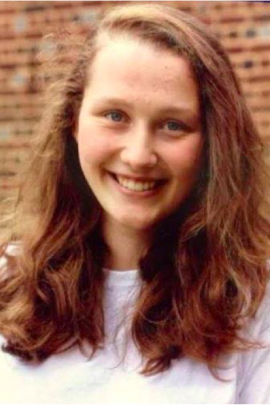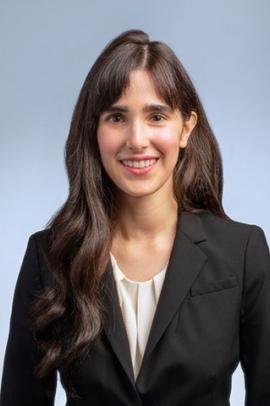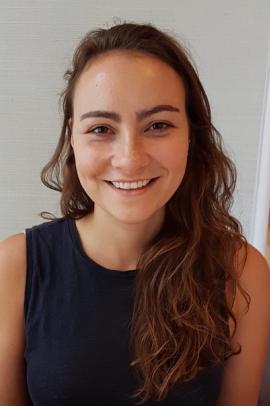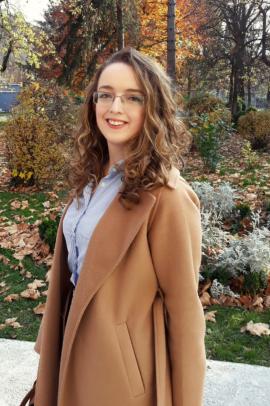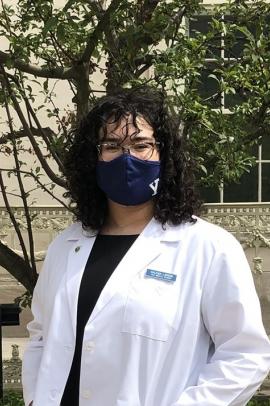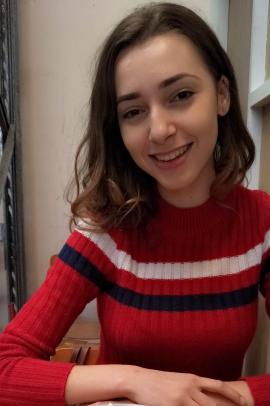COVID-19, Care and Chaos: A Medical Student’s Experience of the Intensive Care Unit
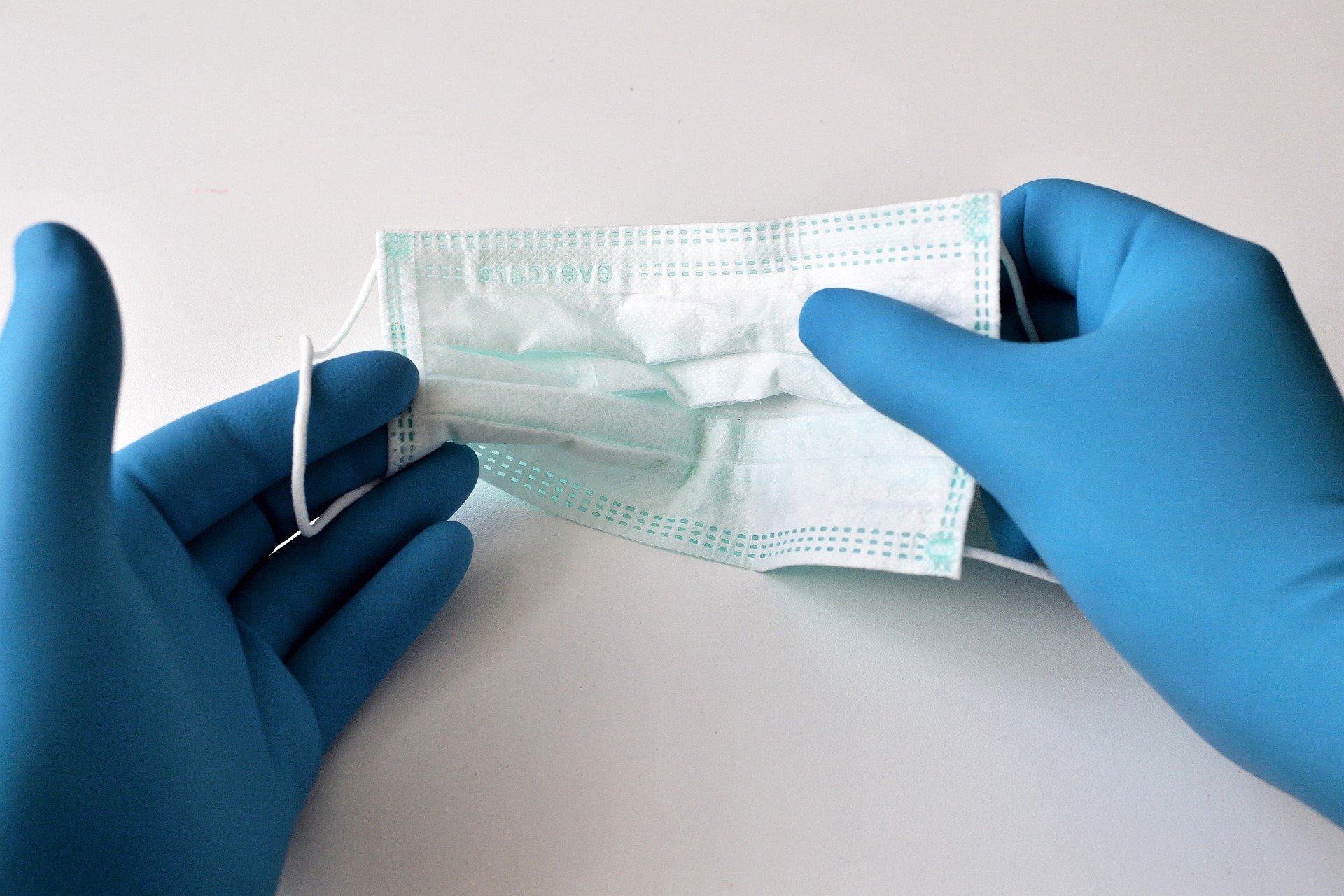
A few days after Christmas, we received an email from the medical school calling for help with the COVID-19 patients on the intensive care (ITU) ward for the upcoming week. I did not pay much attention to this email, thinking that as a medical student I was underqualified and would be of no help to the skilled nurses and doctors.
However, the following week we received another plea from the hospital for any help that medical students could provide as the number of COVID-19 cases continued to soar upwards. I realised that while I was not going to be in charge of saving lives any time soon, signing up would be far more helpful than just sitting at home twiddling my thumbs and complaining about not being able to see my family. Uncharacteristically, I dived into the deep end and signed up for my first 12-hour night shift, which is when ICU needed the most help.
My first night: an eye-opener
This first experience was nerve-wracking, and I was not prepared for what I would see on the intensive care bays. The process of “donning” Personal Protective Equipment (PPE) was new to me; I wandered around for the first few hours with hazy vision before a doctor kindly pointed out to me, I had not removed the protective film from my face visor. The team I was joining for the night consisted of another medical student, two specialist ICU nurses, one scrub nurse and two volunteering Haematology doctors. Together, we were allocated seven patients. The pre-COVID-19 ideal of one specialist ICU nurse to one ICU patient is but a distant memory for the overworked ICU nurses. Following the night team into one of the many ICU bays, I was stunned to see the complexity surrounding the care of COVID-19 +ve patients. The majority were intubated and sedated, with arterial and central lines, catheters, ventilator machines, suction tubes, feeding tubes and much more coming in and out of them. These patients were critically ill and required 24/7 close monitoring, which the medical team worked tirelessly to provide. Many of these patients had little or no past medical history and an astounding number were under the age of 65.
Learning on the ward
As a medical student, one of my jobs was to take blood from arterial lines to run blood gases on. After a couple of blood-soaked pillows, broken ABG machines, and bewildered looks from the nurses this was a new skill at which I became proficient. Similarly, I quickly learnt how to measure and record hourly patient observations. Part of this included the patient’s tympanic temperature. At around 3:00 hours on my first night, we discovered one of the patient’s temperatures had dropped to 35.7ºC. In ICU, automated warming blanket systems (colloquially known as “Bair Huggers”) are used for patients with low temperatures. This patient was clearly in need of warming; however, all available warming systems were being used by other patients. I learnt how resource management is currently a crucial aspect of caring for patients as the nurse in charge had to make fast decisions to reallocate the warming systems and decide which patients required it the most. A few hours later, a similar situation arose where two different patients both needed the finite resource of the nitric oxide tank and once again the ICU team had to make challenging decisions.
Other jobs we were involved in mainly included: proning and repositioning patients, drawing up medications (if we felt confident), restocking nursing trolleys and helping the team with eye and mouth care.
I left the shift the following morningt thinking about how I could not have been more wrong. While I may not have done anything medically ground-breaking that night, performing the simpler and more basic tasks allowed the nurses with the specialist skills to focus entirely on the crucial aspects of the patient care. It is truly astounding how the nurses and doctors stay calm in the face of such severe illness and how the long 12-hour shifts, sweltering PPE and all the other challenges are taken in their stride.
At the start, I was worried about being able to carry out tasks and ensuring that I was not making the situation worse. However, the more shifts I completed, the more confidence I gained, having been thoroughly supported by all the staff along the way. There is no pressure as a medical student in volunteering during this time. Many of us are in situations where being exposed to COVID-19 patients is not an option. However, for any student who is thinking about helping during this pandemic, my advice would be to simply go for it. Regardless of where you volunteer, be it in the hospital, as part of the recent vaccine task-force or with ‘check in and chat’ services, every little thing you do is a small advance in the battle against COVID-19 and the nurses and doctors really appreciate having a helping hand.
- Log in to post comments


